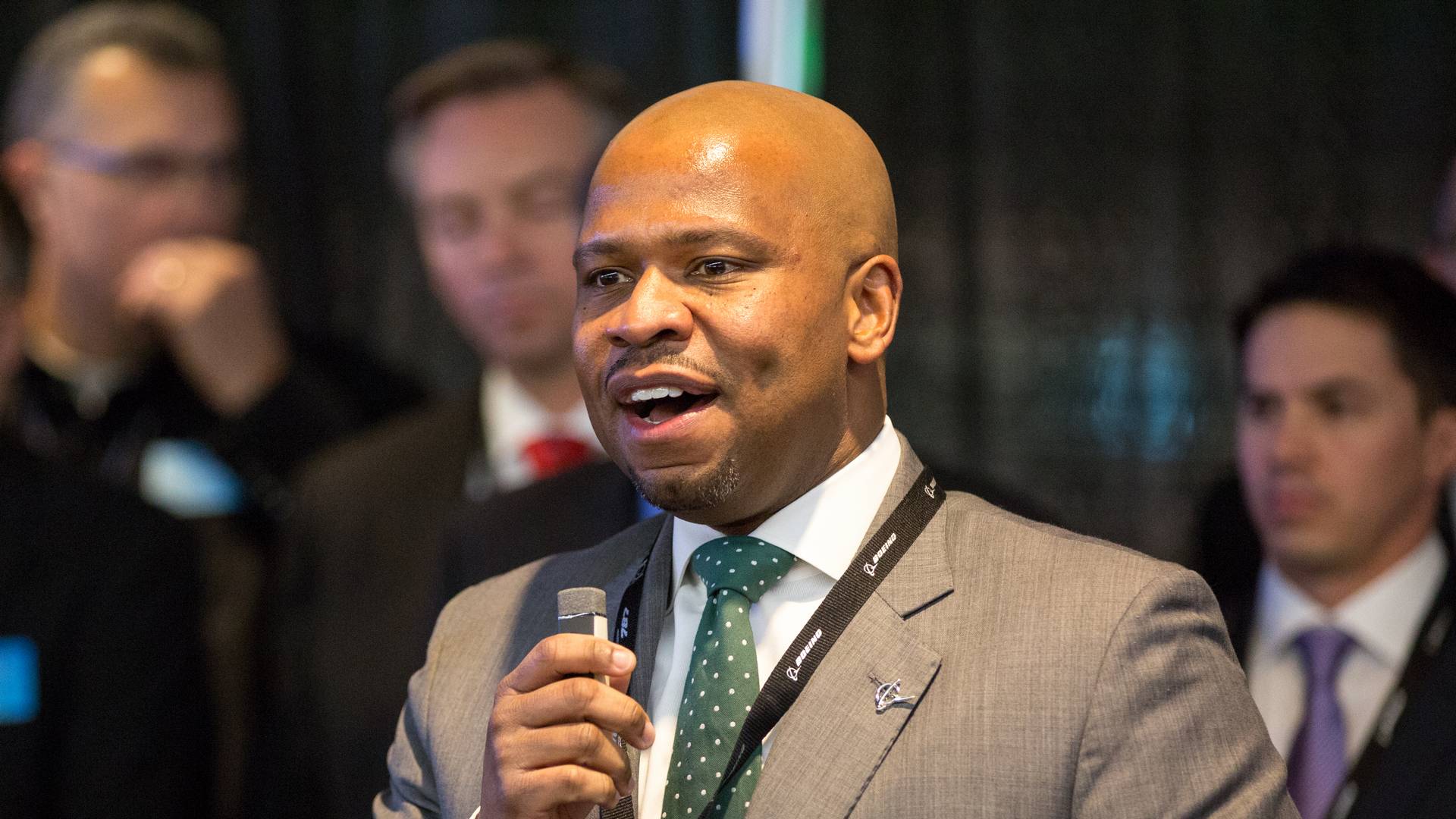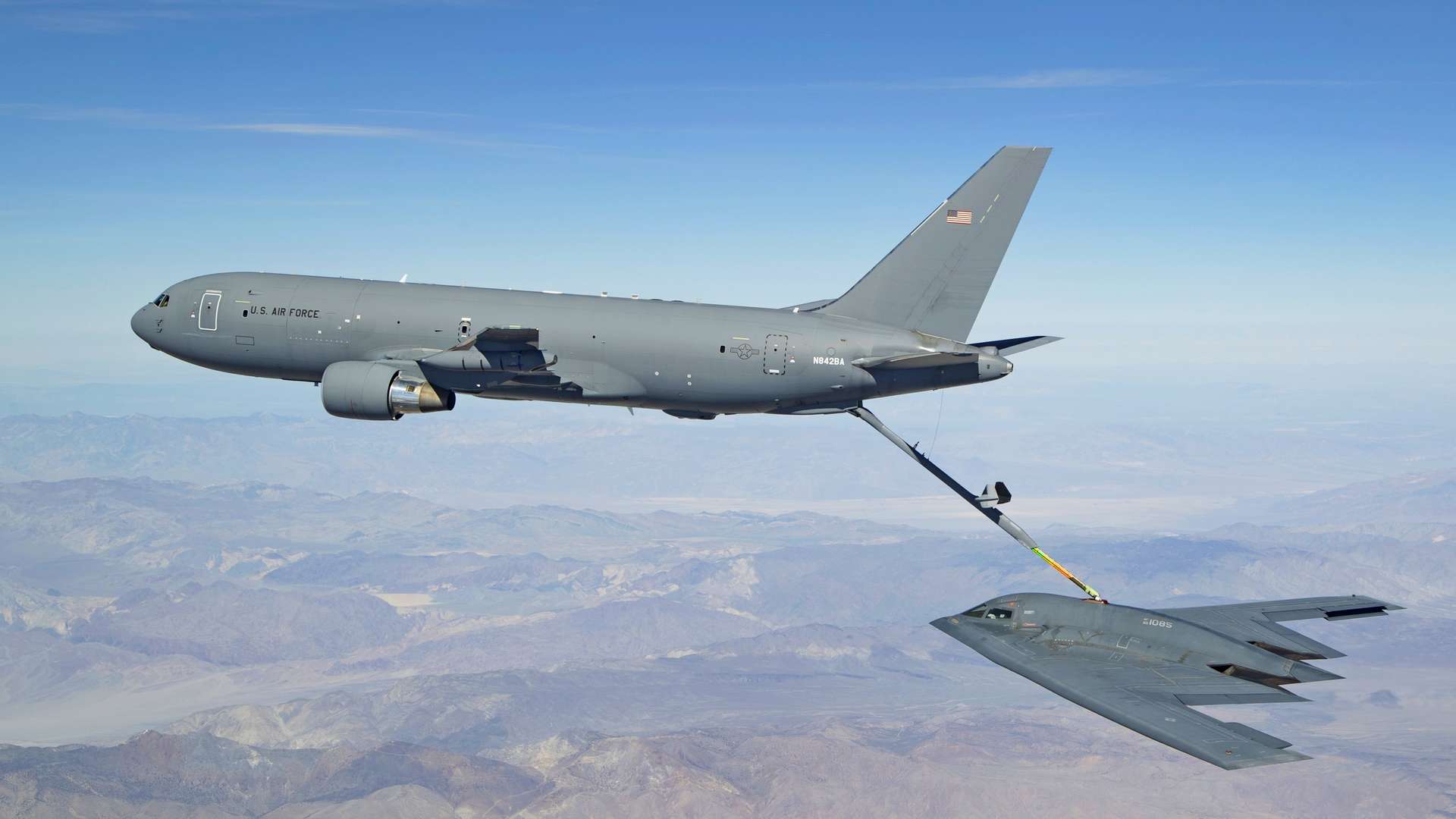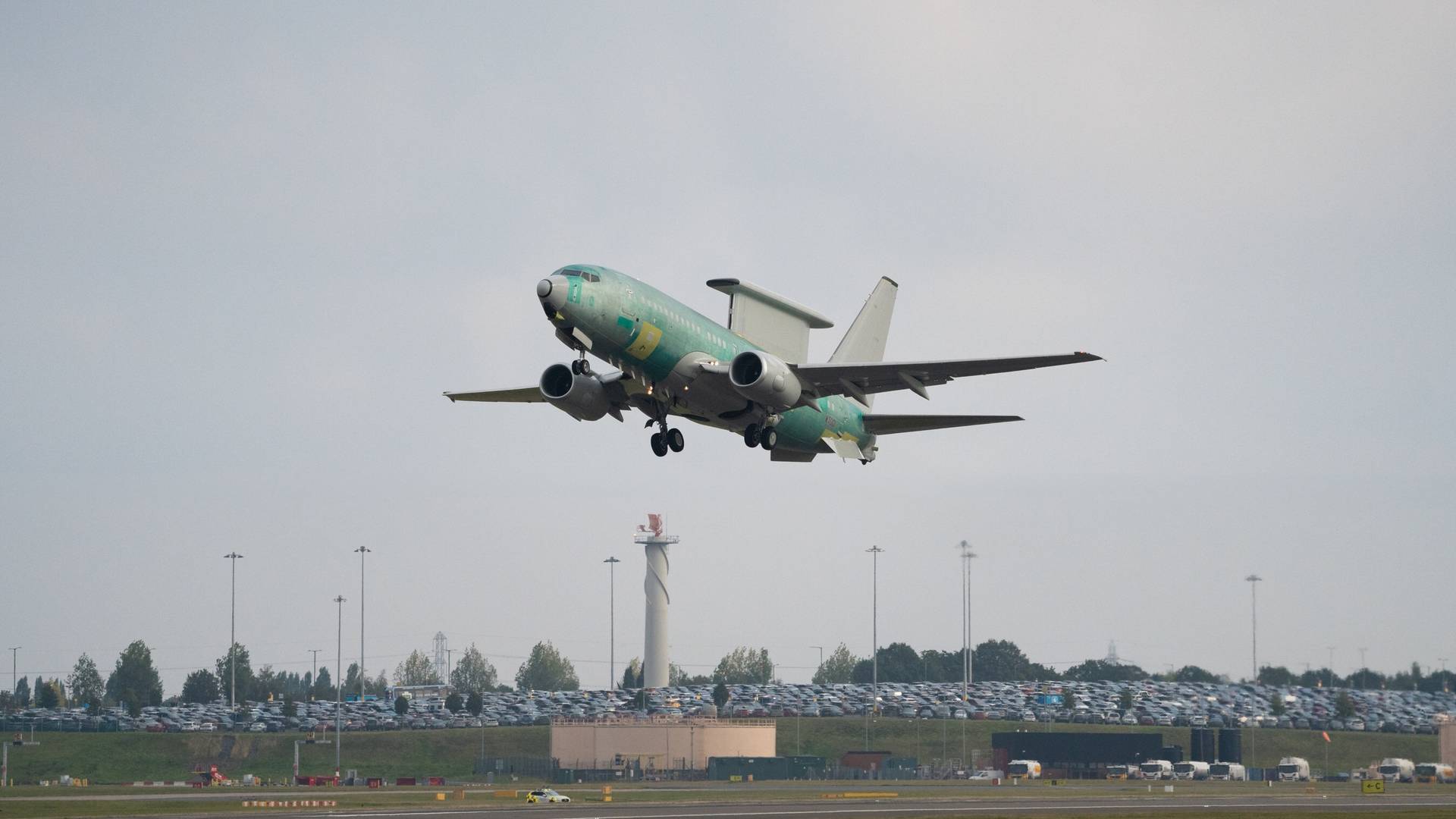A month and a half after taking the Boeing helm, Kelly Ortberg removed the company’s Defense, Space and Security Chief Executive Officer.
To say that Boeing’s new CEO had a busy start since joining the company early in August would be a spectacular understatement. The current strike is obviously his priority – and while it didn’t come as a surprise, the strike’s financial and organizational implications have to be a focus for the organization.

Even so, a CEO has to manage the whole company, and this week, Ortberg made his first public management shake-up at Boeing by removing its Defense, Space and Security CEO, Ted Colbert.
Outside the Boeing Commercial Airplanes division, Defense has been the company’s biggest loss-maker in recent years. Programs like the KC-46 tanker and the T-7 trainer have faced serious problems and delays. The new VC-25B (aka the next Air Force One) is another example of a problem project for the Defense division.

Boeing Defense and Fixed-Price Contracts
Arguably, the first problems with these programs arose before Ted Colbert took over Boeing Defense in April 2022. Even the most recent high-profile embarrassment for Boeing, the Starliner spacecraft, started racking up delays well before Colbert’s rise to that position.
Nonetheless, events around the Starliner program last summer probably played a role in Colbert’s departure. He had been with the company since 2009 and previously headed Boeing Global Services.

Colbert’s academic training was in Industrial and Systems Engineering. Before Boeing, he worked for Ford Motor Company and Citigroup. His temporary replacement at Boeing Defense will be Steve Parker, who until now was the division’s Chief Operating Officer.
Parker was also relatively new in his COO role but rose through the ranks in the Defense division before that. As a group, Boeing Defense has suffered financially because many of its recent programs with the U.S. military were penned on a fixed-price basis.

Most recently, Boeing and the U.S. Air Force agreed on an initial order for the E-7 Wedgetail to replace USAF’s ageing E-3 AWACS platform. However, this is a more mature program since the E-7 is already operational with several foreign customers. Until now, E-7s have been made using existing 737-700s.
We now have to wait to see what other changes Ortberg has in store after Boeing Defense. At the same time, the company’s customers and suppliers demand a quick resolution to the strike, which is already having knock-on effects on their own operations.



